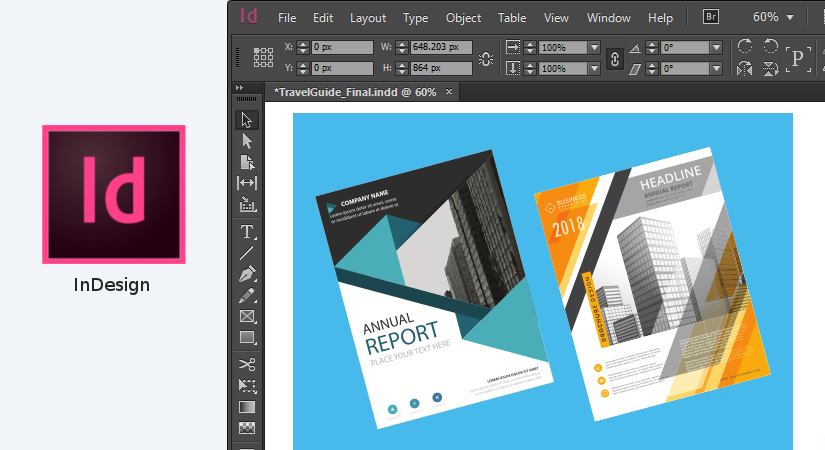

Most appear in light blue (by default) on your document and do not print out but are used for reference only. Select Guides to pull up a selection of guides to use. Fill consists of a color and can be turned off or different from the stroke color.Įnabling guides - right clicking on the page brings up a menu.

This can also apply to text.įill - the space surrounded by anchor points is what is filled. Stroke - stroke is the outline of an object. Vector files are typically smaller than raster/pixel files. A basic straight line has only two anchor points by default. Vector objects consist of reference points rather than pixels. Inserting bullets or numbering - when you have a text box, the bullet feature and numbering options appear at the top bar towards the middle.Īnchor point - an anchor point refers to a point on the page that is making up a vector object. Inserting columns - a text box must be created before you can insert a table or columns. Formatting of the text can be done with most of the controls on the top bar. Use the "T" button on the toolbox and drag a square where you would like the text. Inserting text - a text box must be created in order to use text on a page. Master page - acts as a template for all other preceding pages. If you know you will be working with columns, you can initiate it here. Layout is done when a new document is created. It references the file path of that object and will update when changes are made to that particular object in other Adobe programs. Inserting a picture is done with the file -> place command. The Media Center has the CC version of InDesign. Saving a document in InDesign cannot be opened with anything but an Adobe product.


 0 kommentar(er)
0 kommentar(er)
